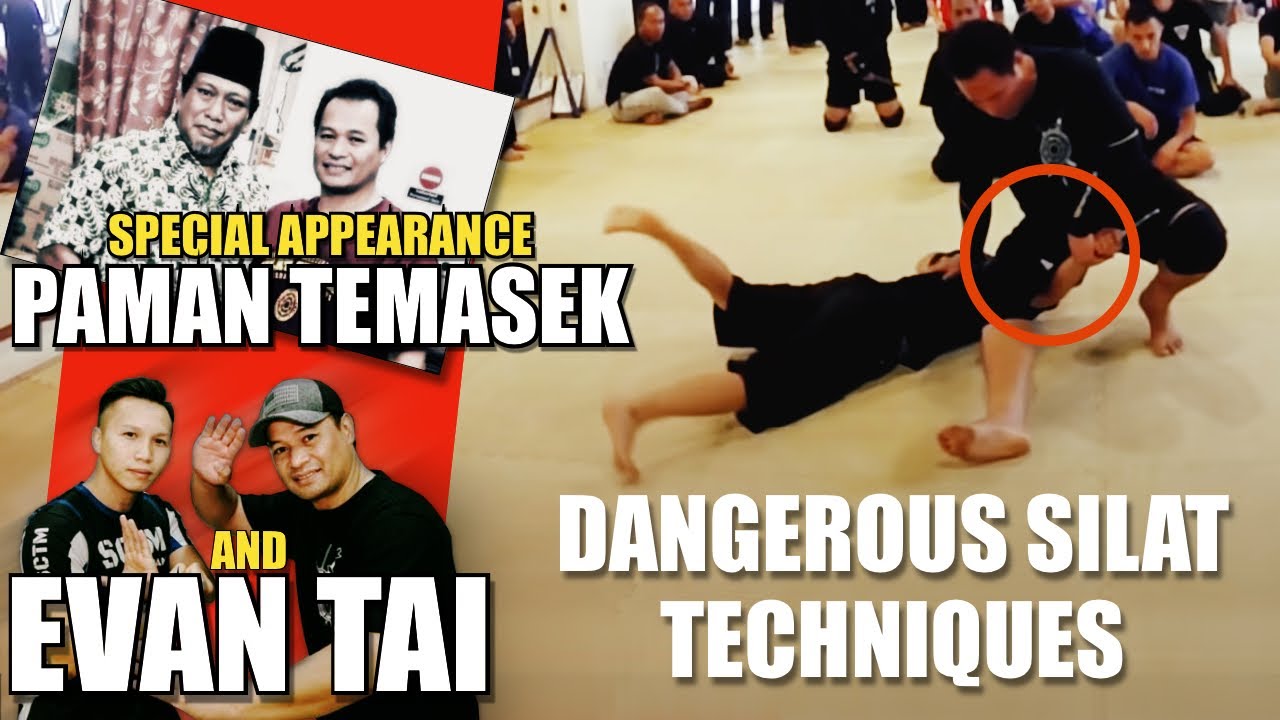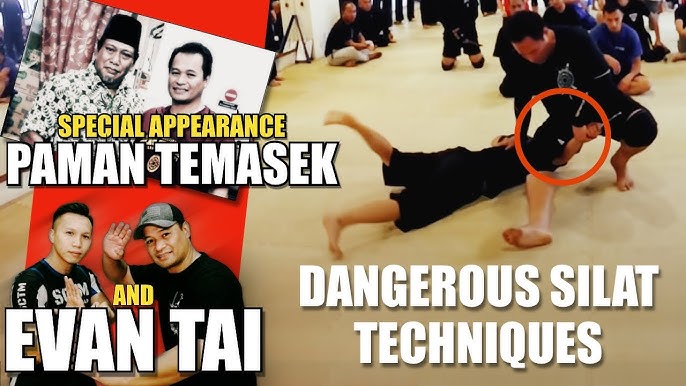The Danger of Silat

Silat, a diverse and complex group of Indonesian martial arts, is renowned for its effectiveness in close-quarters combat. While often viewed as a beautiful and graceful dance, its inherent practicality makes it a potentially dangerous art form. This article will explore the inherent dangers of Silat, examining its historical context and the potential for serious injury.
The Practicality and Potential for Harm

The provided research highlights the inherently practical nature of Silat. Phrases such as "extremely practical and dangerous" and "mechanism to immobilize the enemy as fast as possible" underscore its effectiveness in real-world conflict. This practicality, while a testament to the art's effectiveness, also implies a significant potential for harm. Unlike some martial arts primarily focused on self-improvement or sport, Silat’s historical roots often lie in self-defense and warfare. Its techniques are designed to quickly incapacitate or subdue an opponent, which carries a high risk of injury if not practiced and applied responsibly.
The effectiveness of any martial art, including Silat, is heavily dependent on the context. As one comment notes, "Martial arts always works in the right conditions." This highlights the importance of factors like the opponent's skill level, the environment, and the specific techniques employed. A skilled Silat practitioner can inflict significant damage, even in a seemingly innocuous encounter. The emphasis on speed and efficiency in disabling an opponent increases the likelihood of severe injury if the techniques are not carefully controlled.
The Role of Intent and Control

The danger of Silat, or any martial art for that matter, isn't solely inherent in the techniques themselves. The intent and control of the practitioner are equally crucial factors. Silat, with its focus on quick incapacitation, demands a high degree of self-control and discipline. Improper execution of techniques, fueled by anger or recklessness, can escalate a situation from self-defense to a violent assault. A seemingly simple maneuver, when performed with excessive force or improper targeting, can lead to serious injury, including broken bones, internal bleeding, or even death.
Furthermore, the context of the encounter heavily influences the potential danger. A fistfight, as referenced in the research, is inherently different from a knife fight. While Silat techniques may prove effective in either scenario, the introduction of weapons significantly increases the risk of severe injury or fatality. The art's effectiveness in such situations, therefore, is a double-edged sword: it equips the practitioner with the means to defend themselves, but also increases the potential for severe consequences, both for the practitioner and their opponent.
The Evolution of Popularity and the Importance of Responsible Practice

The provided research also touches upon the cyclical nature of martial arts popularity. Judo, for example, experienced a surge in popularity before eventually fading. This doesn't diminish the effectiveness of Silat, but it does highlight the importance of responsible practice and responsible instruction. The rise and fall of martial arts trends shouldn't overshadow the potential dangers inherent in mastering powerful techniques.
Ultimately, the danger of Silat rests not only in the art itself, but also in the hands of the practitioner. While its effectiveness is undeniable, responsible training, rigorous self-control, and a keen awareness of ethical implications are paramount to mitigate the inherent risks. The art should be approached with respect, discipline, and a deep understanding of its potential to inflict serious harm. Only then can its power be channeled constructively, fostering self-improvement and legitimate self-defense rather than violence.
Conclusion

Silat, like many potent martial arts, is a powerful tool capable of both defense and offense. Its efficiency and effectiveness are undeniable, but these very qualities contribute to its inherent danger. The potential for serious injury exists, stemming from the art's emphasis on swift incapacitation and the ability to inflict significant damage. Responsible practice, ethical considerations, and proper instruction are crucial to mitigating these risks and harnessing the art's power for its intended purpose: self-improvement and self-defense.